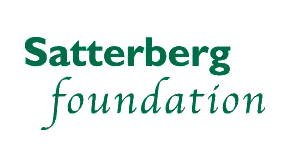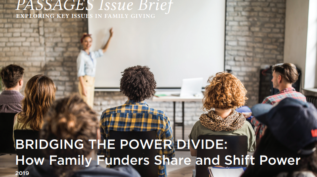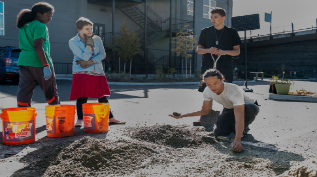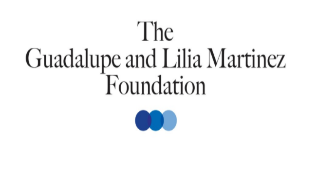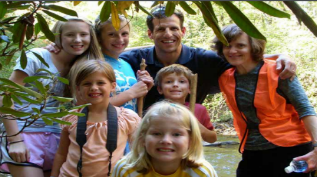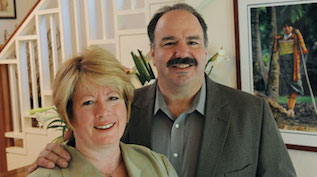The Evolution of Family Philanthropy: The David Rockefeller Fund
Posted on August 4, 2020 by Maggie McGoldrick
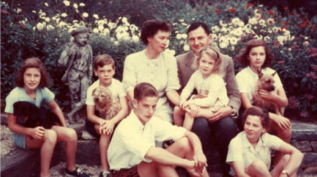
The name Rockefeller often conjures up images of wealth and influence. The founders of Standard Oil and magnates of the banking industry, the family is known worldwide for generations of success in business and politics. However, since 1855 when John D. Rockefeller, Sr. gave his first philanthropic gift, the family has harnessed its name for a far greater legacy—social impact… Read More

